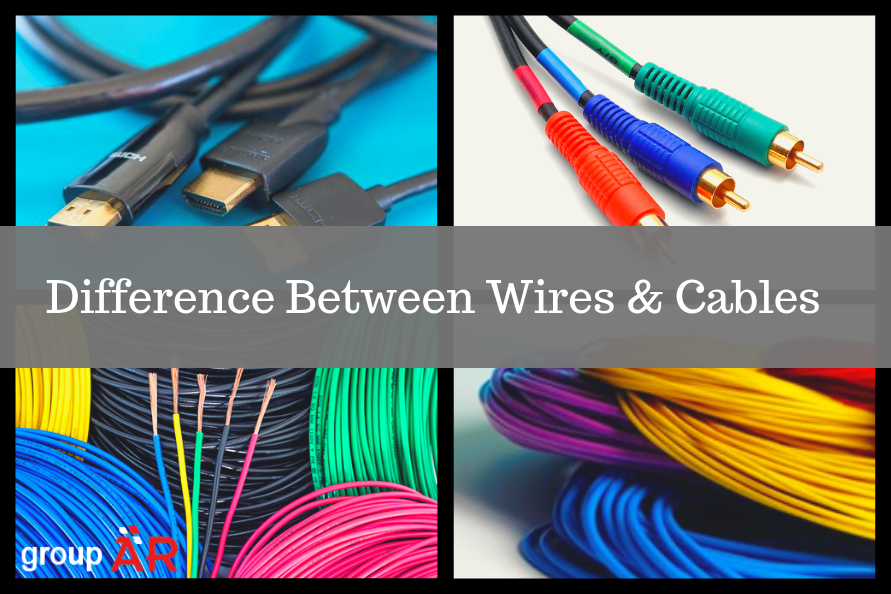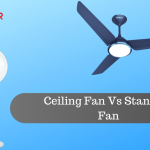Talk with electricians or wiremen or dealers in electricals and with buyers. The terms cables and wires are often used interchangeably. There, however, is a distinction between the two as you will see below.
Wire:
In general terms a wire is a length of metal with circular, square or rectangular cross section but in the latter case it is termed as a strip. The metal can be aluminum or copper with reference to use in electricals but you can also find brass, steel and MS wires used for other purposes. For the purposes of electrical applications copper and aluminum are used due to their high conductivity properties. A wire, in the electrical application reference, is always a single wire, whether it is bare or insulated. It may be a single wire or it may be a bunch of wires with an insulating covering.
Now, a wire may be bare or it may be covered with an insulating material. You can, for instance, buy enamelled copper and aluminum wires from dealers in the electrical wire in Ahmedabad. This type of wire finds use in making transformers and motors.
A solid length of metal wire may be encased in insulating material like PVC. The insulating material thickness can go up to 1mm or more. This type of wire may be used for hooking up switches or even for general household wiring.
Insulated wires may also have a PVC sheath covering a number of thin gauge copper or aluminum wires. This configuration of using thinner strands of bare wire inside a single insulating sheath makes the wire flexible. One may use individual wires ranging from 32 to 20 swg and then bunch together a number of such wires within a single sheath to give a single conductor with total cross section that may range from 1mm to 12 mm or more. The cross section determines current carrying capacity. Wires used for welding, for instance, may have fine wires that together can create a cross section thick enough to carry 300 amperes. Wires of total cross section from 2 to 3 mm but consisting of finer wires may be used for house wiring too and Polycab house wires in different color codes with FR insulating material are considered the best.
Special purpose cables may have double insulation and the insulation material may be rubber or polythene apart from PVC which is the most common due to its higher insulation resistance and low cost.
Cables:
The primary distinguishing characteristic of cables is that a cable has more than one insulated conductor contained within a common sheath. The most common type is two conductors, each with individual insulation casing combined within an outer insulation sheath. This serves the purpose of connecting the live and neutral wires in an electrical circuit. The next step up is to include three such insulated conductors within a common sheath to provide live, neutral and earth connections. Each wire has an insulating material of different color for easy identification.
Electronic cables and cables used in telecom may have several such insulated wires within a common outer sheath. As stated in the wires section above, the individual insulated wire may be a solid wire of aluminum or copper or multiple such strands enclosed within a sheath. This method of bunching finer strands together bestows the quality of flexibility in a cable. It can be wound, unwound and then wound back again or laid around corners with ease and the conductors are not likely to break.
When one thinks of cables one usually visualizes them as being very thick and generally used for industrial purposes and power transmission. However, you also use cables in your home to power appliances and in extension boards as well as between computers and monitors or TVs. Still, talking about industrial and power transmission cables such as Polycab cables available from authorized Polycab wire and cable distributor, one can pick from different types.
Cables used for power transmission may have extremely thick conductors, usually aluminum. These are encased individually within their color coded insulating material and then combined together in a thick cable with an outer sheath. The sheath may have the gaps between the wires filled with additional insulating material. Some cables, for the purpose of strength and for protection to the inner wires, may have flat strips of Galvanized MS surrounding the wires inside in which case such cables are known as armoured cables.
Cables usually have double insulation so you can just string up a cable from one point to another without the need for running it through a PVC pipe or channel. However, individual wires, even if used together, are better run through a pipe or channel.




